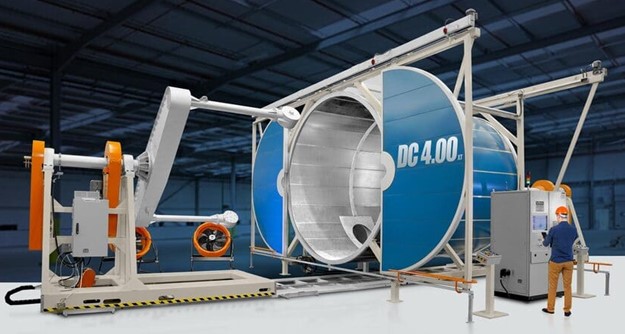The Rotomolding Process: Cost-Effective and Versatile Production
The Rotomolding Process: Cost-Effective and Versatile Production
Blog Article
Rotational molding, commonly known as "rotomolding," is a modern manufacturing technique that is widely used for creating hollow plastic items. For everything from storage tanks and playground equipment to this technique is a blend of simplicity and sophistication, offering unparalleled design flexibility. But what's the science that is what makes Plastics Rotomolding so efficient?

The Process at a Glance
The process begins with a mold filled with powdered material. The mold is then heated before being rotated simultaneously across two axes perpendicular to each other inside an oven. The constant rotation makes sure that the molten plastic is evenly coated on the walls inside the mold. The mold is then cooling, which solidifies this plastic to form a smooth, hollow structure.
The absence of external pressure is a key feature of this technique, as it ensures that the plastic is able to settle and spreads uniformly without stress. This is a key differentiator from other molding techniques like blow molding or injection molding.
Why is Rotational Molding Efficient?
The theory behind rotational molding is founded in the process of heat transfer and polymer behaviour. In the process of heating when the plastic powder melts, it forms and bonds to the mold while it turns in slow controlled, controlled movements. This guarantees uniform wall thickness and eliminates the risk of weak areas.
Cooling also plays a crucial function. Through maintaining a constant airflow as well as water flow, manufacturers prevent warping or shrinkage--not to mention make sure that their final product has its intended shape and structural strength.
The research suggests that rotational molding can produce components with as high as 99percent material efficiency, reducing the amount of waste produced and creating an environmentally friendly option. In addition, the process provides an unbeatable versatility that allows for the creation of large and complex designs, without sacrificing quality.
Applications That Showcase Its Potential
Rotational molding is suitable for a range of industries due to its adaptability. If you require durable outdoor furniture or robust industrial storage containers, this technology offers both cost-effectiveness and functionality. It also allows multi-layered designs, which allows companies to blend different materials to enhance features like UV resistance and thermal insulation.

Rotational molding is a testament to how material science and engineering work together to form our world. Because it can simplify production while maintaining high precision it's not surprising that this process is still a hot topic in manufacturing discussions. Report this page